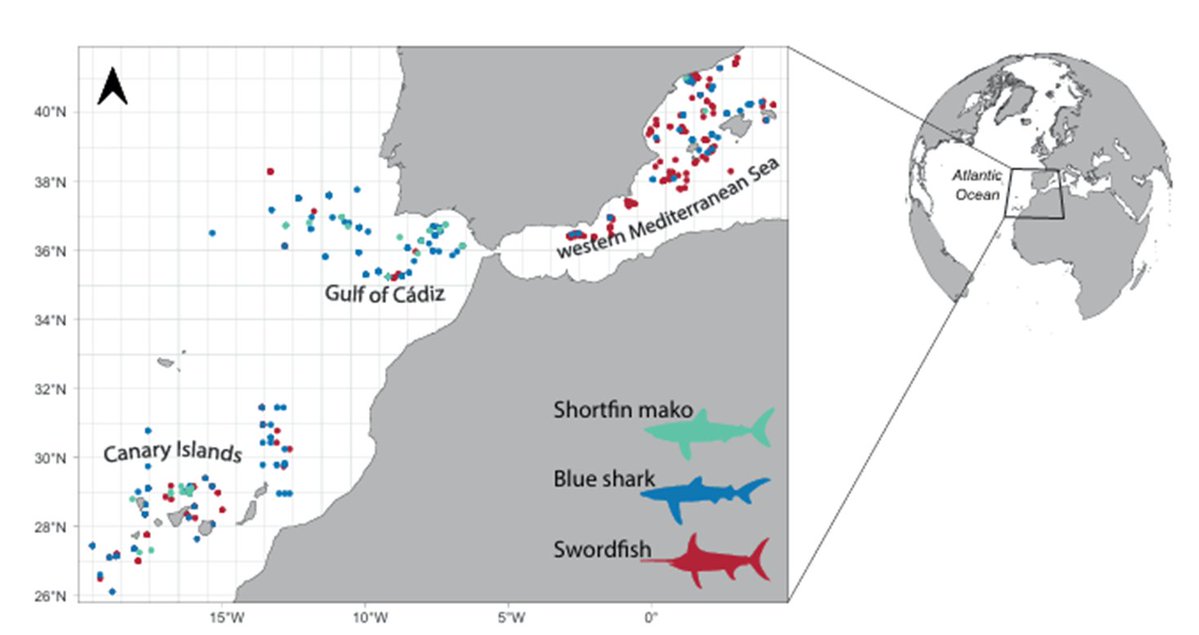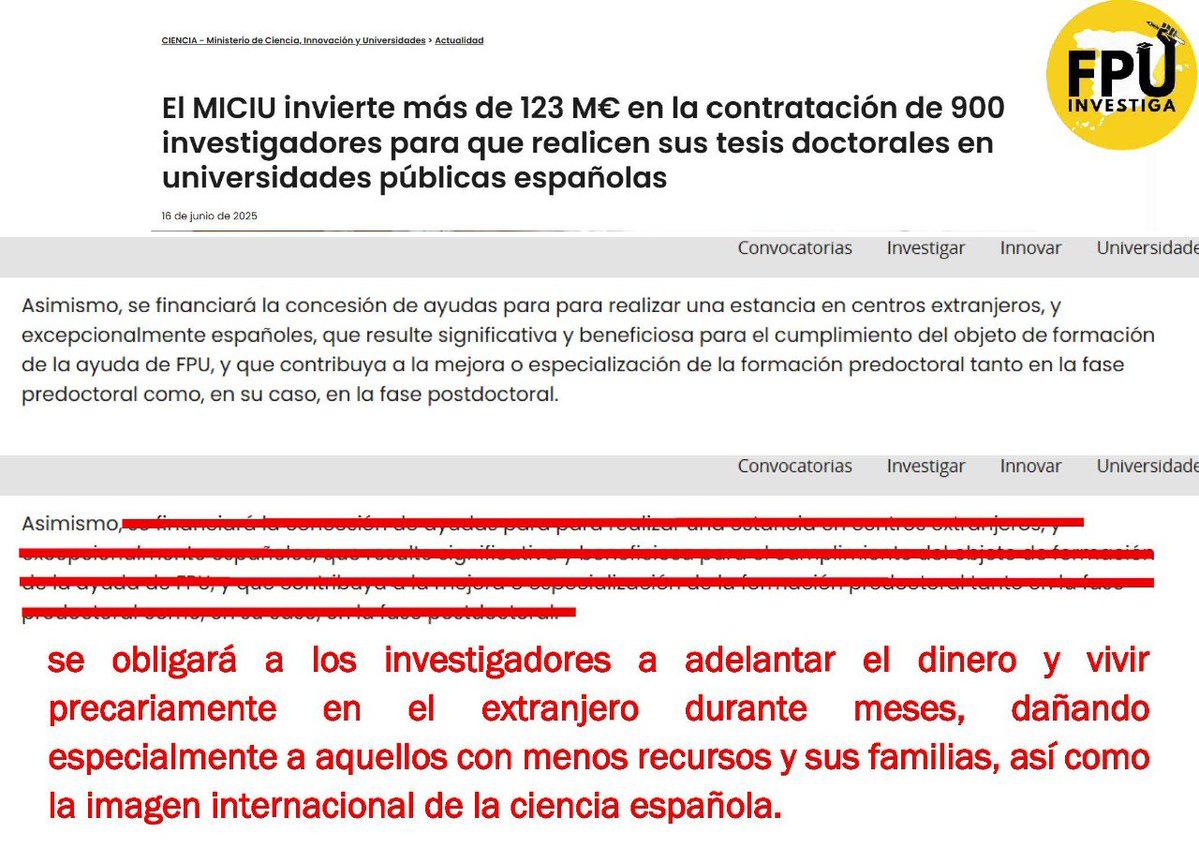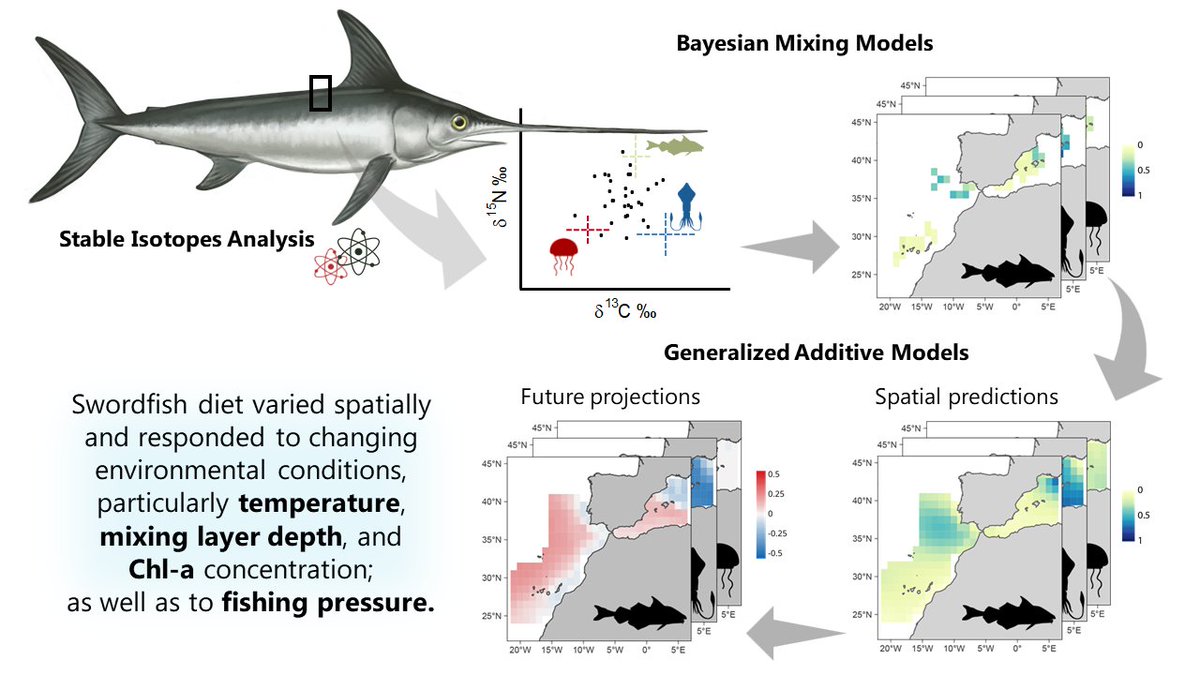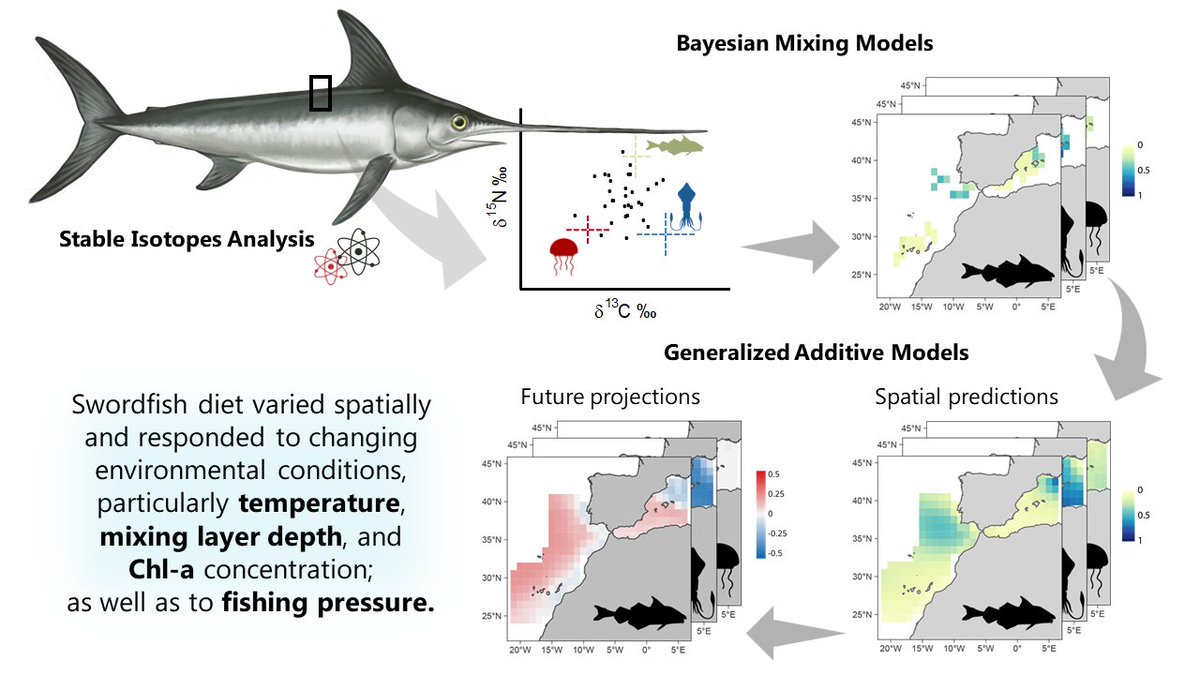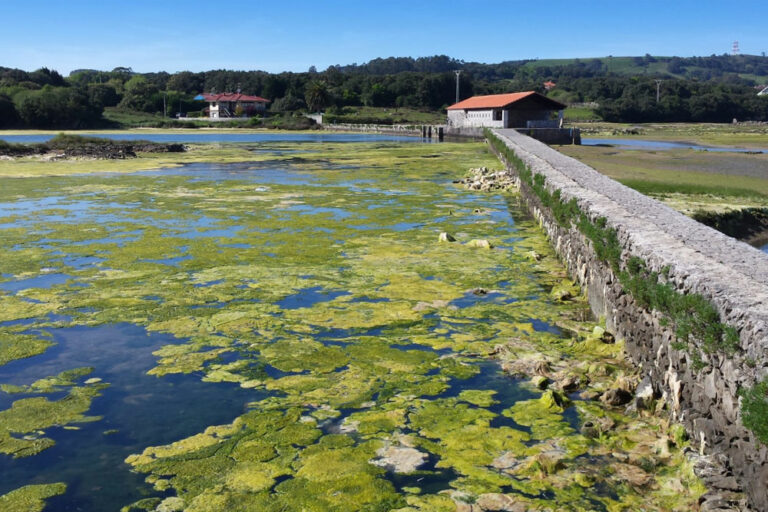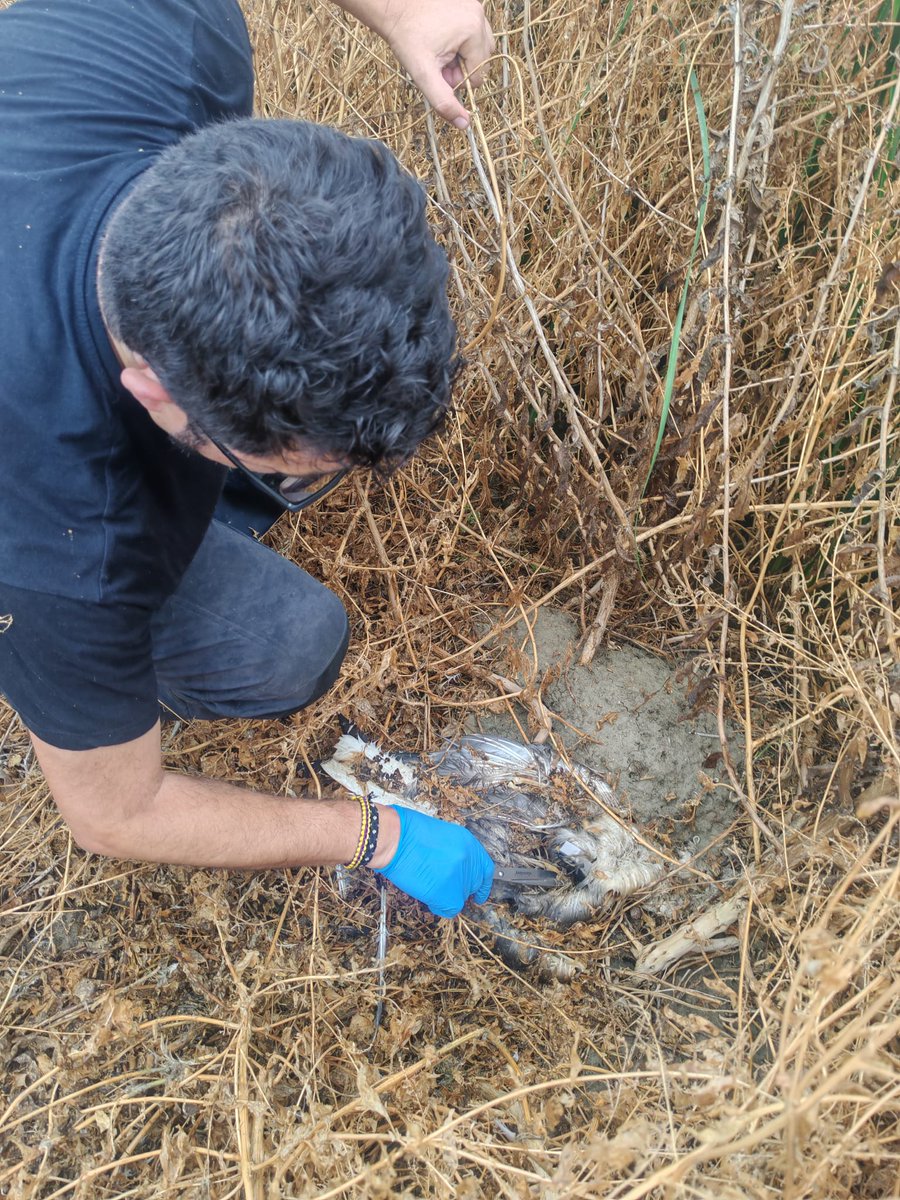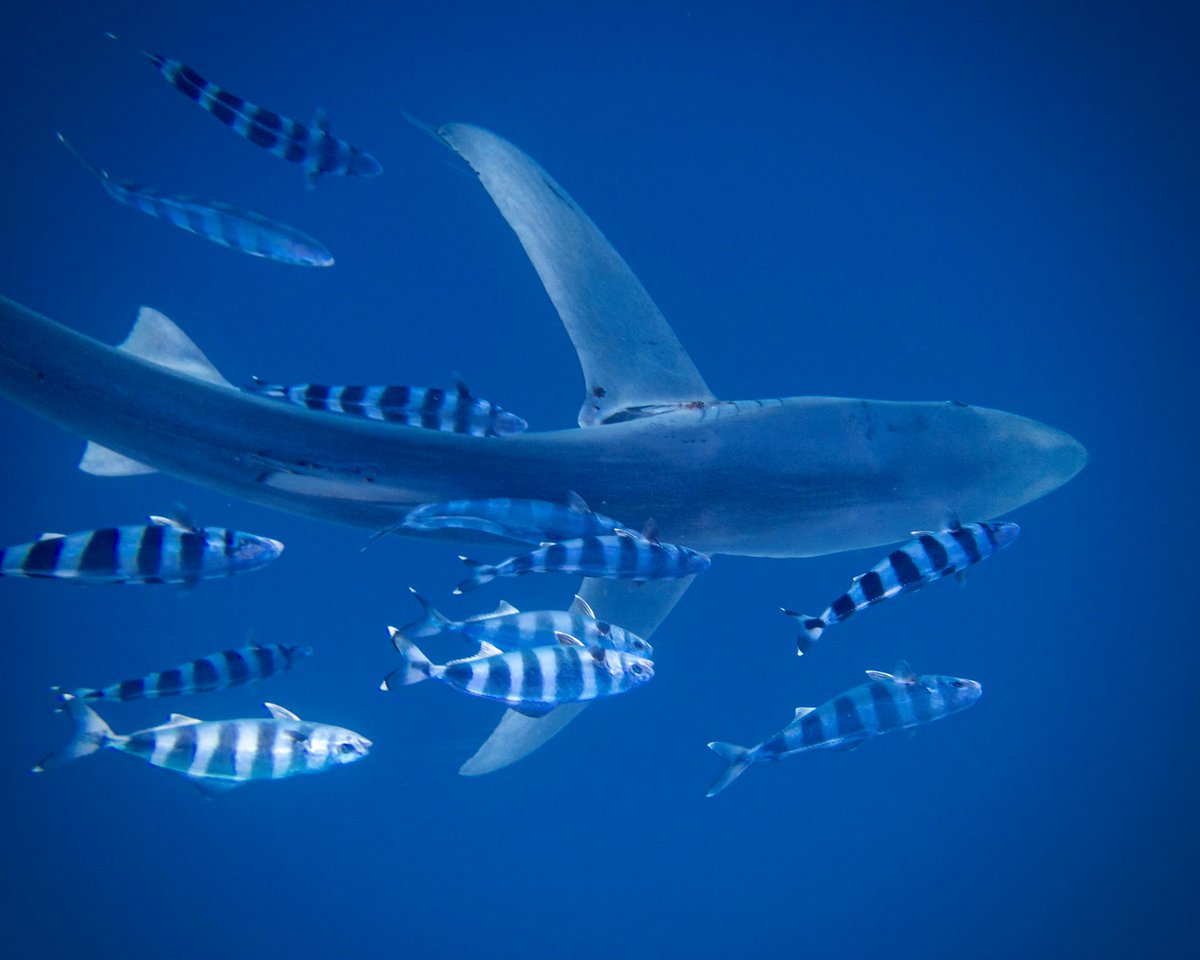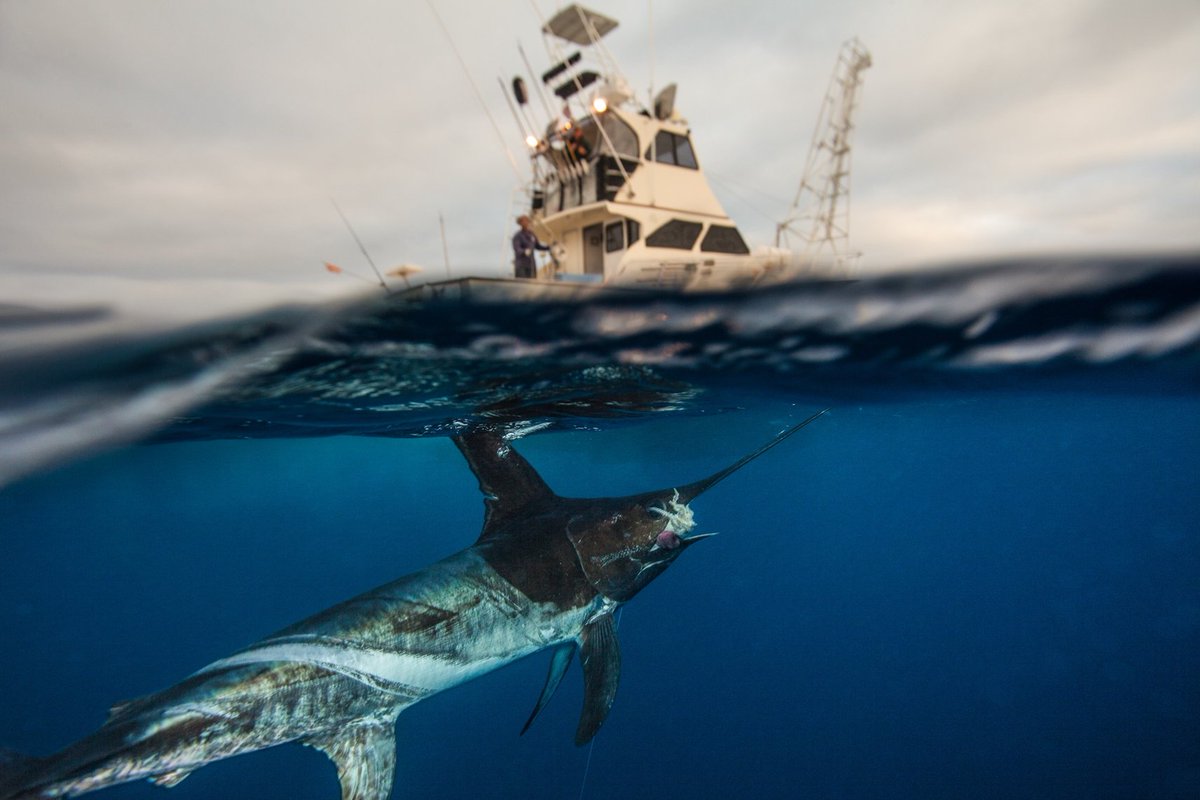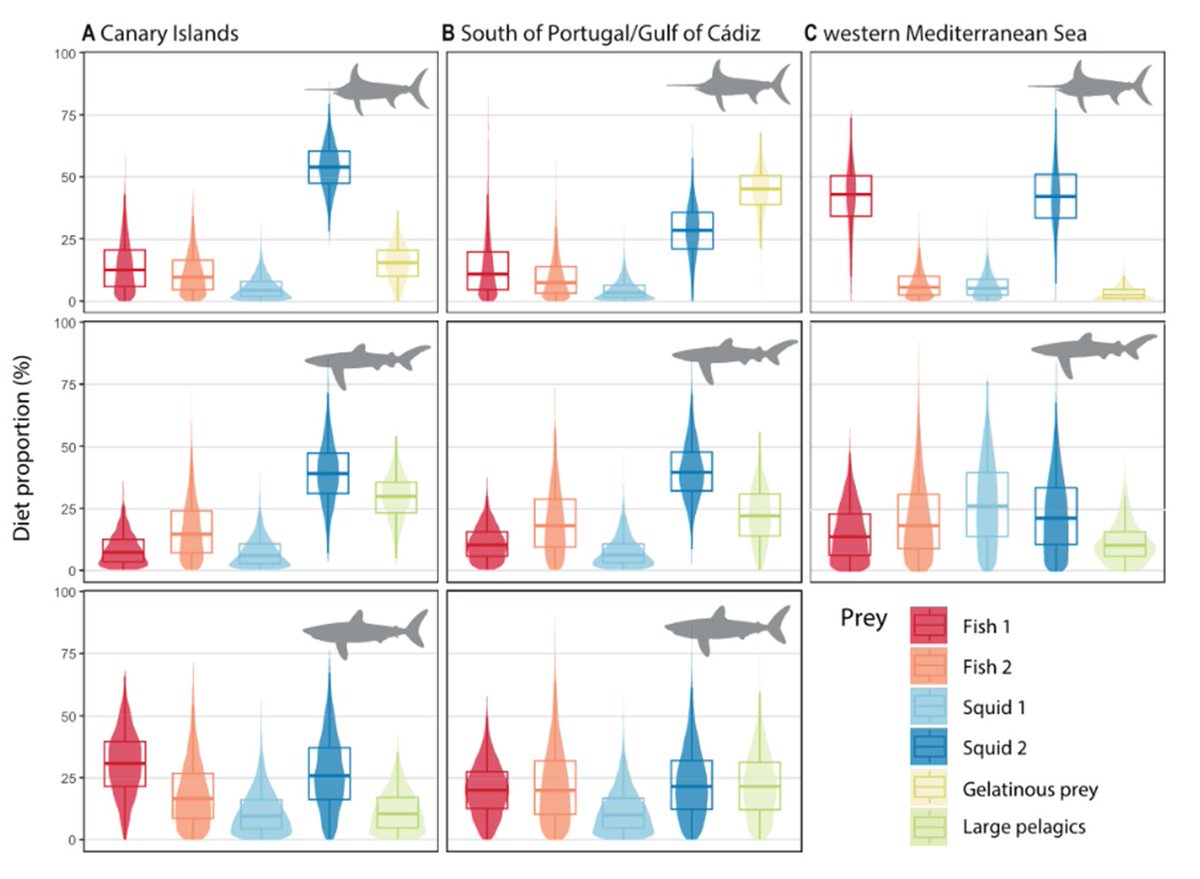
Elena Fdez. Corredor
@elenafcorr
she/her
Environmental Biologist and Oceanographer. PhD candidate at @ICMCSIC.
🐟 🐟 🦈
🌊 🌊 🌊
#marinepredators #pelagicfish #foodwebs #conservation
ID: 128944434
https://scholar.google.es/citations?user=Gm1zcpIAAAAJ&hl=es 02-04-2010 17:53:26
2,2K Tweet
425 Takipçi
545 Takip Edilen
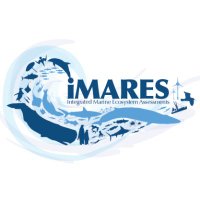
ICM-CSIC Claudia Aparicio marta coll Elena Fdez. Corredor Lucía Espasandín Soneira Joan Navarro jazel. Working with Tetrapturus belone was a unique opportunity, and we were lucky to have many curious and skilled hands on deck. Thanks to everyone who collaborated and turned this experience into an exceptional scientific opportunity!💙 ICM-CSIC


🔴I #ICMNEWS I🔴 🐟 New study in Journal of Animal Ecology reveals that climate change & fishing pressure shape the diet of the swordfish, with implications for its conservation 🗞️Led by iMARES & Instituto Español de Oceanografía (IEO-CSIC), provides key insights for its management 🔗icm.csic.es/en/news/climat…

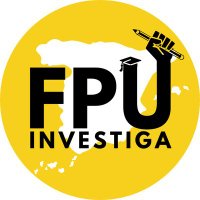





El projecte #COTI estudia els moviments dels taurons pelàgics al Mediterrani per reduir la captura accidental. 🦈15 tintoreres marcades revelen zones clau com el Cap de Creus i Palamós. Pesca i conservació poden anar de la mà! 📖 Més a #SOMPeixaters, Gremi de Peixaters de Catalunya.





🎣Our last deep-sea #shark tagging was a complete success! We tagged 7 sixgill bluntnose sharks 🦈 and got fin samples and cloacal swabs for diet 🍽️ and genetic studies🧬 #COTI project, funded by #FEMPA, #FondosEuropeos and #Pleamar Fundación Biodiversidad Fondos Europeos en España iMARES


🔵 ¡Nueva publicación! 📄"Pelagic productivity and abundance of competitors modulate trophic niche segregation between large predators." Liderado por Elena Fdez. Corredor del iMARES y fruto de la colaboración entre el Instituto Español de Oceanografía (IEO-CSIC) y el ICM-CSIC ¿Quieres saber más? 👇



El Instituto Español de Oceanografía (IEO-CSIC) coordinó la toma de muestras en el Atlántico nororiental y el Mediterráneo. Integrando análisis de isótopos estables (δ¹³C y δ¹⁵N) con datos ambientales y pesqueros, se evaluó la dieta y el solapamiento trófico entre grandes depredadores pelágicos.
